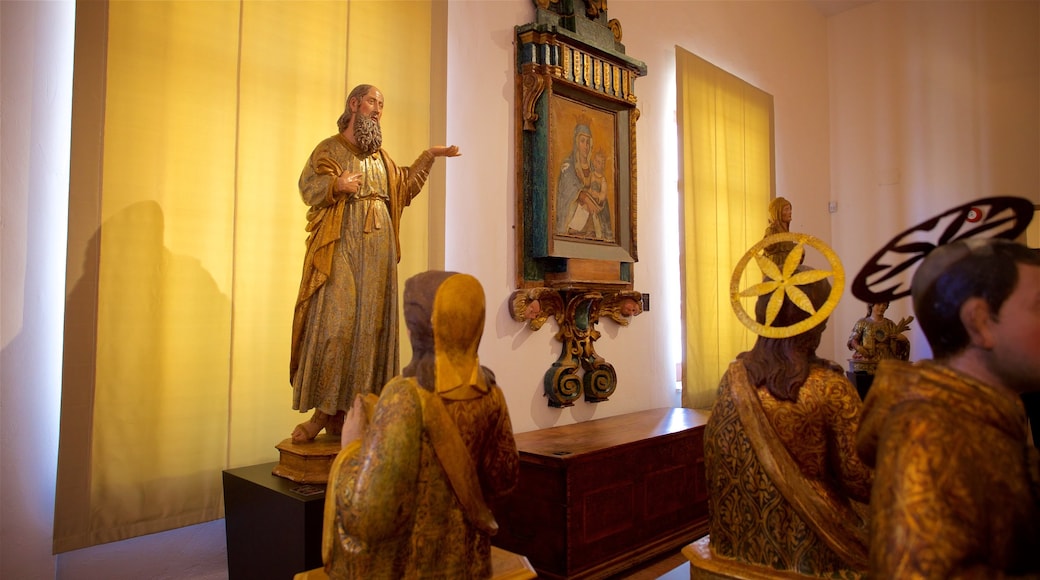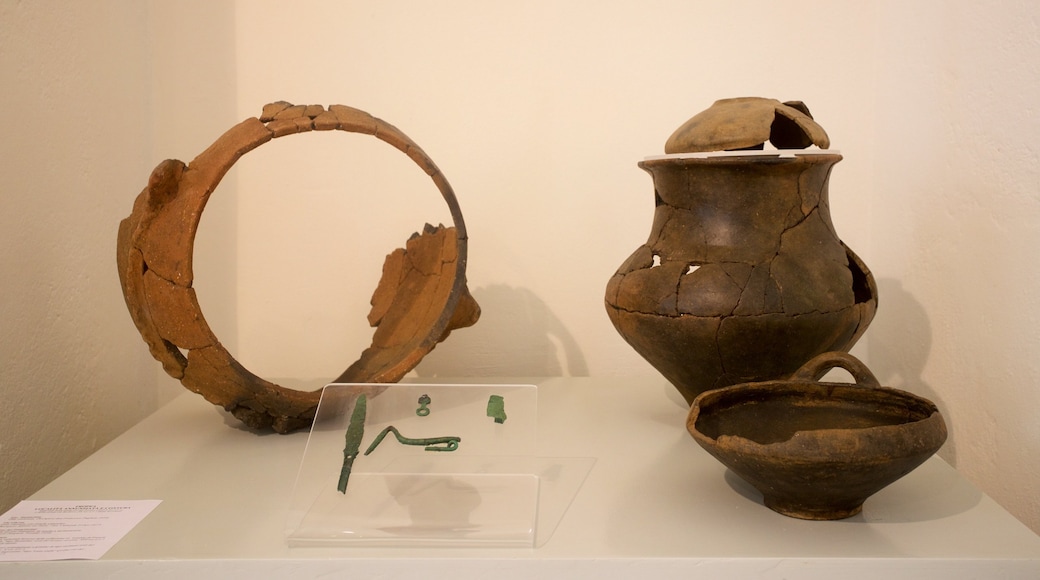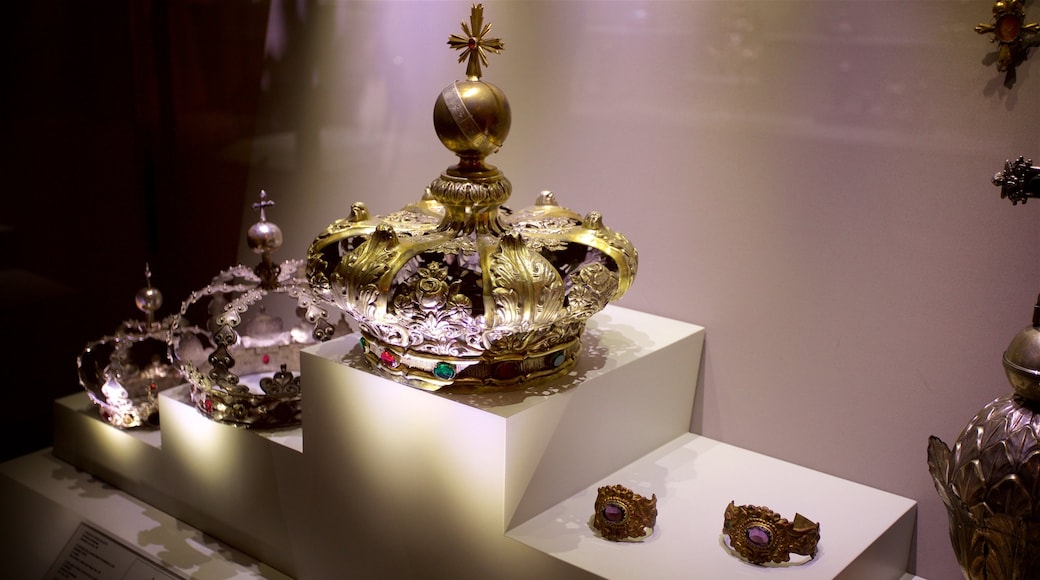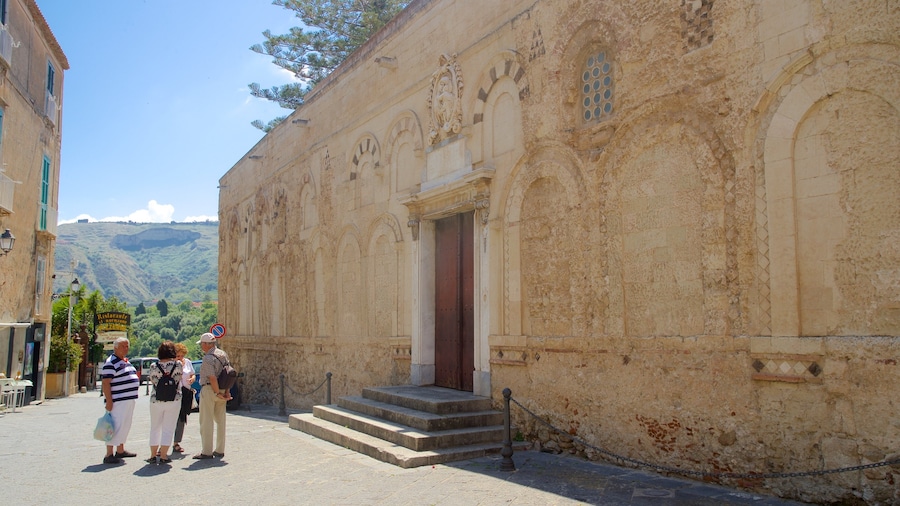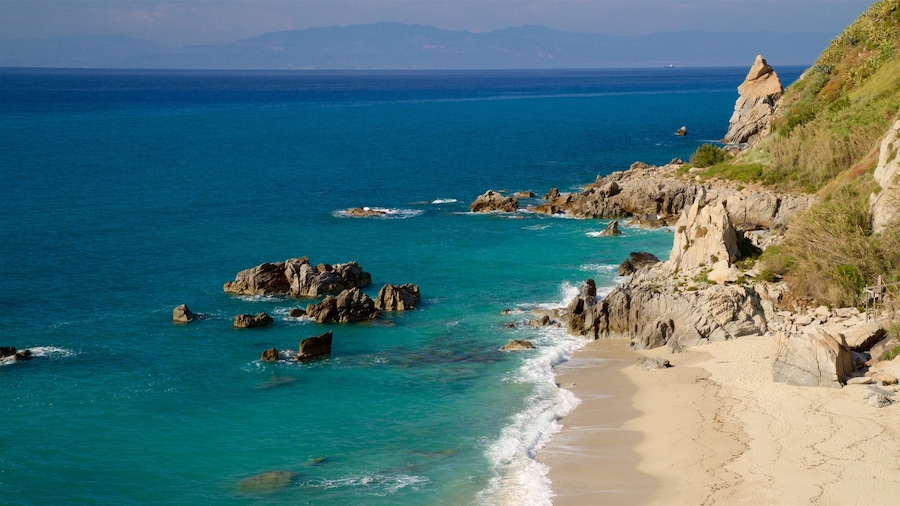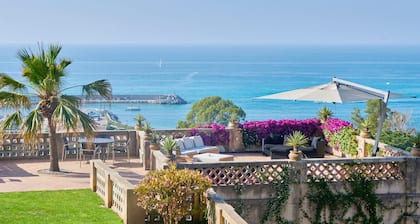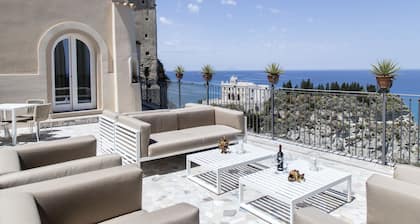The Diocesan Museum, known in Italian as the Museo Diocesano di Tropea, holds precious artworks and objects that have been collected by the diocese over many centuries. Learn about ancient burial practices and survey a collection of beautiful ecclesiastical paintings and statues.
First, investigate ancient burial practices. Find out how people in the region disposed of their beloved dead in centuries past and examine ancient ceramics and other artifacts.
Explore the exhibits, some of which were sourced from the nearby cathedral. Items on display range in date from the 14th century through the 19th. Look for a 15th-century silver staff that would have been carried by high-ranking members of the priesthood and a series of small statues depicting saints. The museum also contains a selection of 18th-century Southern Italian artworks as well as other liturgical items and furnishings that were used in worship and specific religious ceremonies.
Note that while the museum does have informational plaques, the explanations are only provided in Italian. If you don’t speak Italian, consider enlisting the services of a local guide who can help explain the significance and provenance of each work, providing a more culturally enriching experience.
Find the Diocesan Museum in the center of Tropea’s Old Town, about a 10-minute walk from the waterfront. The museum is open from April through October, with limited opening hours during the day. There is a fee for entrance.
While you are in Tropea, be sure to visit the neighboring Norman Cathedral. The cathedral holds two World War II bombs, which supposedly remained unexploded because of the grace of the town’s patron saint, Our Lady of Romania. The cathedral also contains a prized 14th-century Byzantine icon of the Virgin Mary, who worshippers also believe helped keep the townspeople safe when earthquakes struck the region in the late 18th century.


